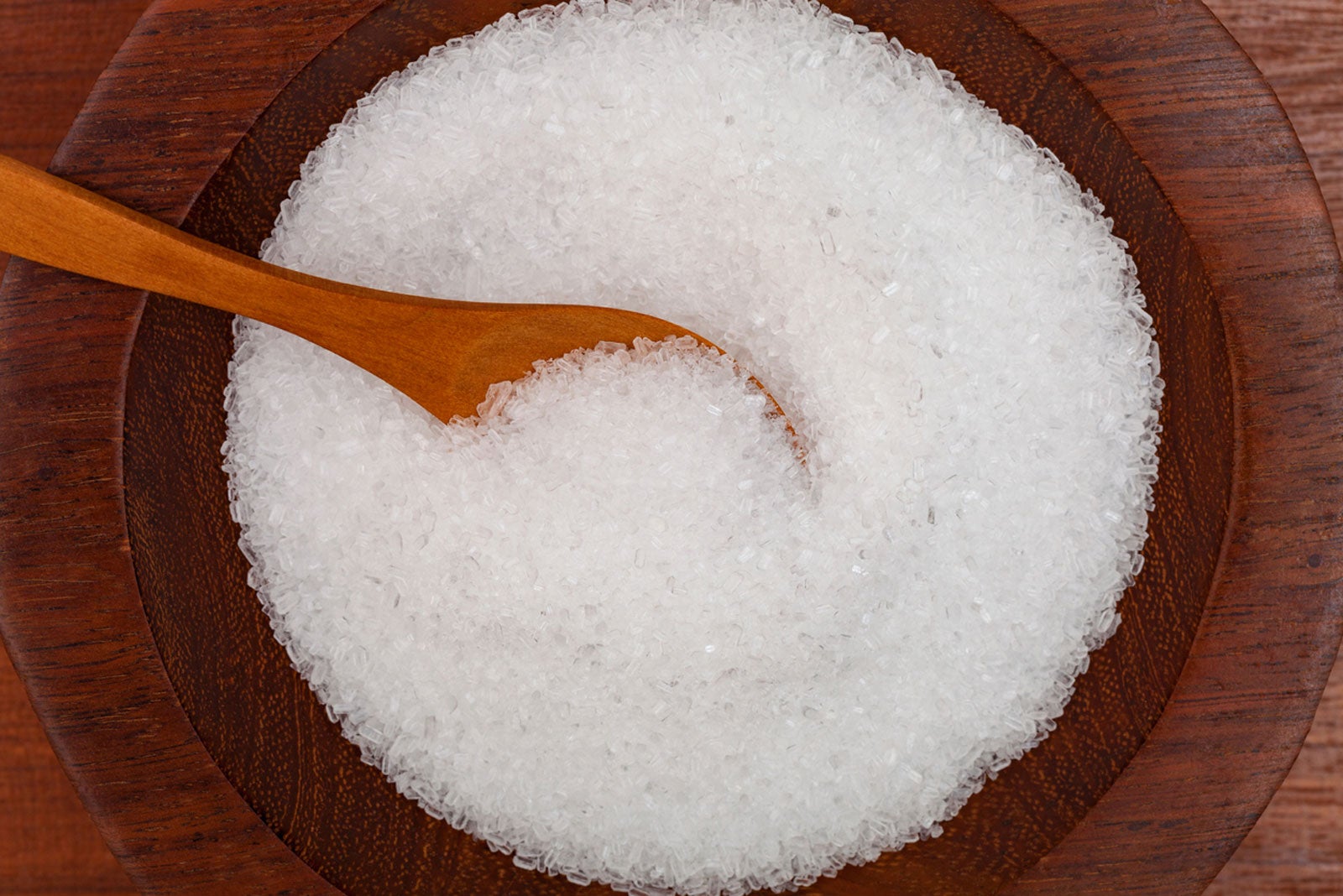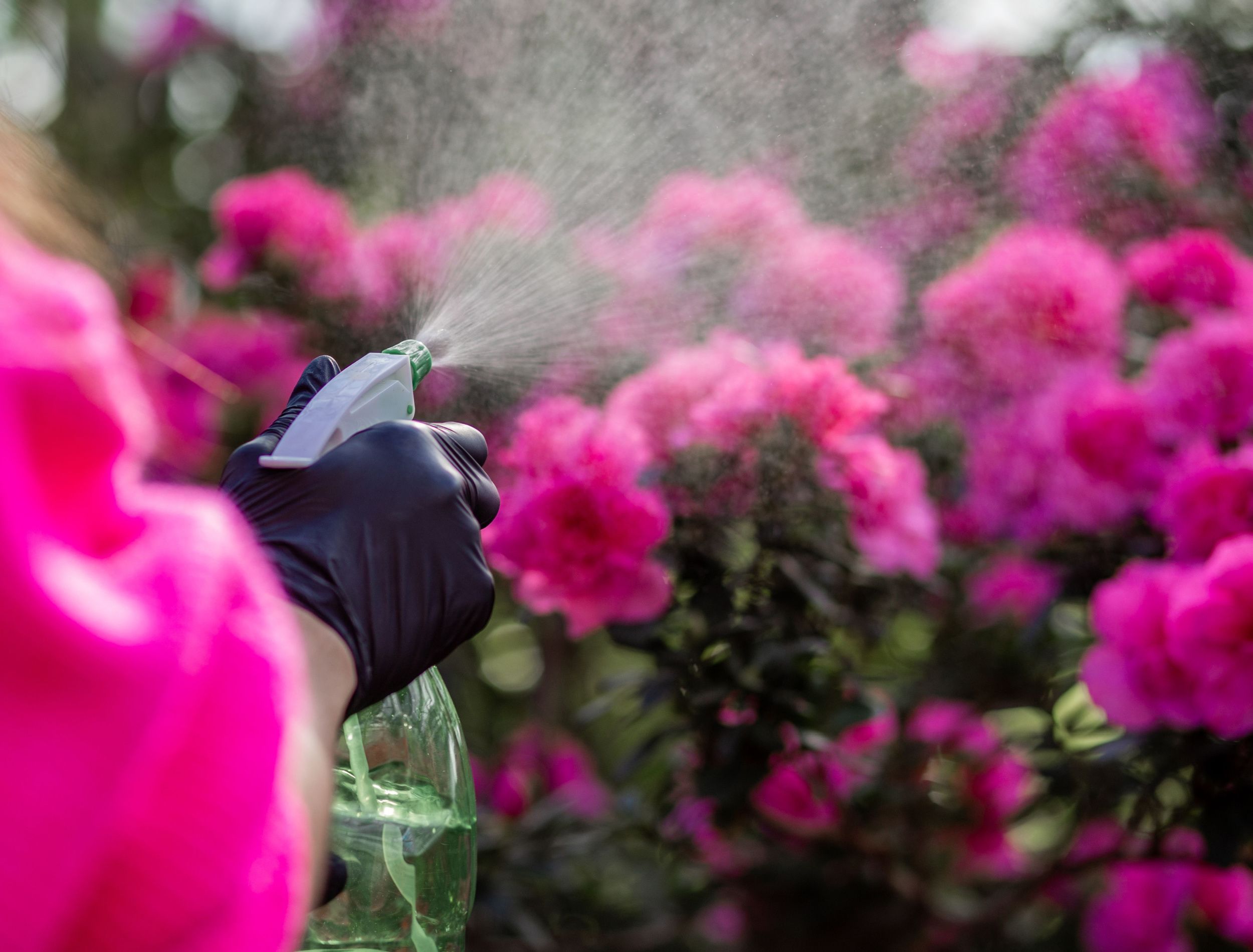What Plants Don't Like Epsom Salt and Their Alternatives
What Plants Don't Like Epsom Salt and Their Alternatives
Blog Article
Discover the Particular Plants That Are Adversely Affected by Epsom Salt Application
Epsom salt, a popular home treatment for various horticulture concerns, is often commended for its helpful impacts on plant growth. Nonetheless, not all plants respond favorably to its application. Recognizing the specific plants that can be detrimentally influenced by Epsom salt is vital for any garden enthusiast wanting to optimize their plant care regimen. Roses, tomatoes, rhododendrons, azaleas, and peppers are just a couple of examples of plants that may not react well to Epsom salt. The factors behind these damaging results and exactly how to reduce them are necessary knowledge for preserving a thriving garden.
Roses

Roses, specifically conscious adjustments in their environment, can be negatively impacted by the application of Epsom salt. While Epsom salt is typically used as a plant food to promote plant development and improve flowering, roses are just one of the plants that do not react well to its application. The high magnesium web content in Epsom salt can disrupt the uptake of various other vital nutrients by the rose plants, causing deficiencies that show up as yellowing fallen leaves or stunted growth.

Tomatoes
While Epsom salt is frequently promoted as a remedy for numerous plant issues, consisting of bloom end rot in tomatoes, its application can lead to harmful end results if not used sensibly. Excessive Epsom salt, which is magnesium sulfate, can interrupt the fragile nutrient balance required by tomatoes, possibly leading to deficiencies in various other crucial nutrients like calcium. When thinking about the usage of Epsom salt on tomatoes, it is crucial to adhere to suggested application prices and soil testing to protect against unexpected effects on the general health and wellness and performance of these precious yard plants.
Peppers
Peppers, prized for their numerous shades and levels of spiciness, can demonstrate vulnerability to adverse impacts from Epsom salt when not applied with care and consideration for their certain dietary requirements. what plants don't like epsom salt. Peppers, belonging to the Solanaceae family, need a delicate equilibrium of nutrients to prosper. While Epsom salt is known to improve magnesium levels in plants, excessive application can interrupt this stability, causing unfavorable results on pepper plants
When peppers are revealed to high degrees of magnesium from Epsom salt, it can conflict with click here now the plant's ability to take in other essential nutrients like calcium and potassium. This imbalance may manifest in signs such as leaf staining, stunted development, and decreased fruit manufacturing. Furthermore, the extreme magnesium can modify the dirt pH, additional aggravating nutrient uptake concerns for peppers.

Rhododendrons
Offered the sensitivity of certain plant types to imbalances triggered by Epsom salt, it is necessary to consider the impact on Rhododendrons, which likewise need details nutrient levels to flourish. Rhododendrons are acid-loving plants that choose acidic soil conditions with a pH array in between 4.5 and 6.0. Epsom salt, chemically called magnesium sulfate, can change the dirt pH and interfere with the fragile equilibrium of nutrients essential for Rhododendron wellness.

To preserve the optimal growth and health of Rhododendrons, it is crucial to avoid the indiscriminate use Epsom salt and rather concentrate on offering the particular acidic soil problems and nutrients that these plants require for prospering.
Azaleas
Azaleas, understood for their vibrant flowers and wide variety of shades, are decorative shrubs that come from the Rhododendron genus. These popular blooming plants are special info typically discovered in landscapes, gardens, and parks due to their charm and versatility. Azaleas are delicate to modifications in soil pH levels, which can dramatically influence their development and general health and wellness. While Epsom salt is typically used as a remedy for magnesium shortage in plants, its application to azaleas can have adverse effects.
Azaleas like a little acidic soil conditions, and an unwanted of magnesium from Epsom salt can interrupt this balance, leading to nutrient inequalities and prospective poisoning concerns. The inaccurate application of Epsom salt can result in stunted development, yellowing of fallen leaves, and overall decline in the health and wellness of azaleas.
Verdict
Finally, it is essential to be familiar with the particular plants that can be detrimentally affected by the application of Epsom salt. Roses, tomatoes, peppers, azaleas, and rhododendrons are some instances of plants that might not take advantage of Epsom salt and can also endure harm. It is important to research and comprehend the needs of each plant species before making use of Epsom salt as a plant food to ensure their wellness and health.
Understanding the specific plants that can be detrimentally influenced by Epsom salt is important for any kind of garden enthusiast looking to enhance their plant care regimen. While Epsom salt More Help is commonly made use of as a plant food to promote plant development and boost flowering, roses are one of the plants that do not react well to its application.Too much use of Epsom salt can additionally result in a build-up of salts in the dirt, leading to root damages and dehydration of the rose plants. While Epsom salt is known to improve magnesium degrees in plants, too much application can interrupt this balance, leading to negative results on pepper plants.
The high salt web content in Epsom salt can additionally dehydrate Rhododendron origins, creating additional tension and damage to the plant. (what plants don't like epsom salt)
Report this page